I am extracting primitives from pixel-based line diagrams and wish select by colour. Thus in the following

I wish to extract the "blue", the "green" and the "black" primitives. (I am prepared to try to reconstruct primitives which have been split by primitives of another colour).
However the "blues" have a varying amount of white added (similar to a gray scale for black). Thus the commonest colours (rounded to 12-bit for simplicity) with their counts might be
000 881 // black
88f 1089 // white-blue
fff 70475 // white
but there are other degrees of whiteness at lower frequency
// other white-blue
99f 207
// other grey
ddd 196
I believe that the authors will have used only a very limited number of pure colours (e.g. 3-6) in many diagrams and that various rendering tools will have added the white. IOW the colours can be expressed by (0 =< x =< 1)
000 + x(FFF)
00F + x(FF0) // blue
0F0 + x(F0F) // green
However there is no requirement to use primary colours and the set could be any colour with arbitrary amounts of white.
How can I reconstruct the (small) set of different colours? If this is possible I can then select those regions, transform to grey, and binarize in the normal way.
I'd prefer source in Java but I suspect that any code will be adequate;
I have read two useful SO questions
"Rounding" colour values to the nearest of a small set of colours
which use H-C-L and might be a way forward although they don't directly answer my requirements.